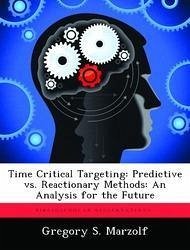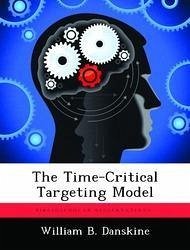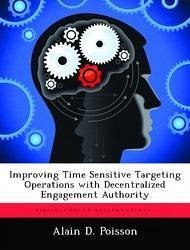Nicht lieferbar

Time Critical Targeting
Predictive vs. Reactionary Methods: An Analysis for the Future
Versandkostenfrei!
Nicht lieferbar
Recent experiences in Operations Desert Storm and Allied Force have highlighted a significant weakness in the USAF's ability to engage time-critical targets. The weakness stems from air power's inability to quickly employ force and kill an emerging target before it disappears back into hiding. In essence, the USAF's engagement sequence, called the kill chain, is not fast enough to detect, locate, identify, and then engage the target. Experience has shown that the enemy has used this method of emerging, engaging, and then dispersing since the beginning of time, and because it is still effective...
Recent experiences in Operations Desert Storm and Allied Force have highlighted a significant weakness in the USAF's ability to engage time-critical targets. The weakness stems from air power's inability to quickly employ force and kill an emerging target before it disappears back into hiding. In essence, the USAF's engagement sequence, called the kill chain, is not fast enough to detect, locate, identify, and then engage the target. Experience has shown that the enemy has used this method of emerging, engaging, and then dispersing since the beginning of time, and because it is still effective, the enemy has little reason to change. To help solve this difficulty, this thesis introduces and investigates two different approaches (reactive and preemptive methods) and determines how they might solve the problem in 2010.






